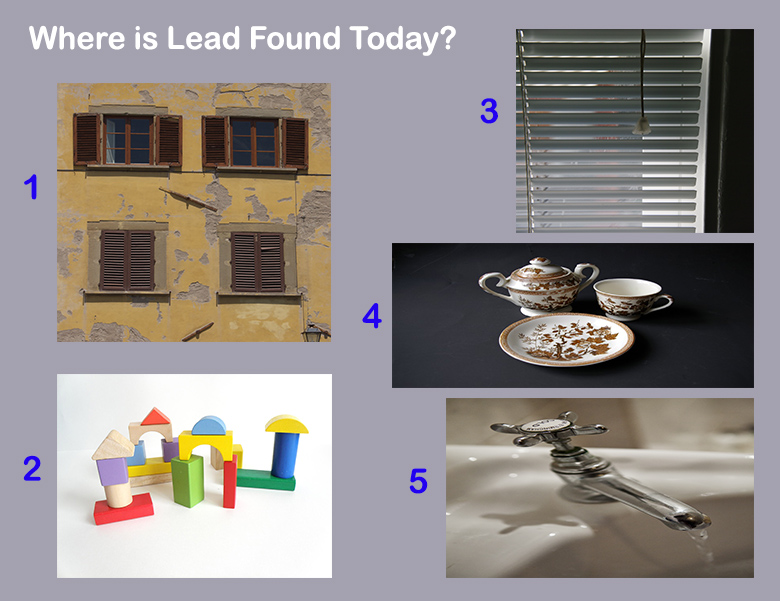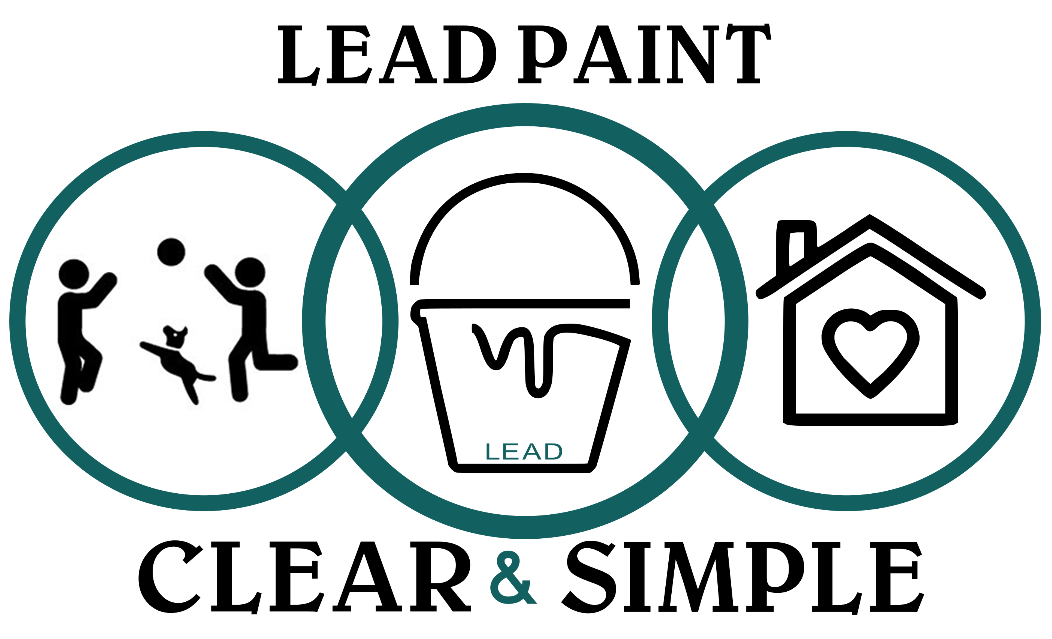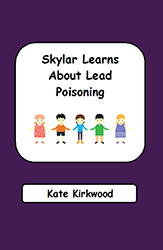Here is the summary of my books
Skylar Learns About Lead Poisoning is the story of a young child (could be either a boy or girl) who comes home from school and tells Mom that today, they learned something interesting in school. They learned about lead poisoning and how it can make people very very sick.
The teacher showed them pictures of 5 items and they played a game trying to figure out which of these items might contain lead particles that could make them sick. Here is the picture  Throughout the book, Skylar (and Mom) learn that lead is not only in paint in houses, but also in old toys, on some dishes and other household objects and in water. The amount of lead it takes to poison a child is smaller than a grain of sugar.
Throughout the book, Skylar (and Mom) learn that lead is not only in paint in houses, but also in old toys, on some dishes and other household objects and in water. The amount of lead it takes to poison a child is smaller than a grain of sugar.
Skylar and mom learn that all children should have a blood test to see if there is too much lead in their blood because high blood lead levels in children can cause permanent brain damage. Children suffer hearing loss, speech disorders, learning disabilities, ADHD and other neurological damage.
Skylar learns that washing hands, especially before eating is important because you can get poisoned by breathing these little bits of dust, but also by eating it. Also, the poison dust can be carried into the house by people who work in older homes, or collect antiques or have certain hobbies.
In the end, although some of the facts in the book might be a little scary, simple solutions exist and Skylar and Mom agree that “information keeps you safe!”
A Parent’s 5 Step Guide to Lead Poisoning
1.2 million American children are now or have been lead poisoned, and we’re only treating half of them. Lead is a factor in many childhood concerns like ADHD, learning disabilities, hearing loss, speech disorders, and other neurological problems.
Adults can be lead poisoned too, particularly if you scrape old paint, refinish old furniture, work in an auto repair shop or a marina, spend time in a firing range, working on stained glass, or paint on China or canvas, You could be exposed to lead dust and paint while you are doing this work and breathe or eat a tiny particles of lead.
Some symptoms of adult lead poisoning include: headaches, high blood pressure, memory loss, sexual dysfunction, joint pain, digestive problems, and increasing rates of miscarriage.
A blood test can determine immediately whether an adult has too much lead in their blood.
If the house was built before 1940, nine out of 10 of them have lead based paint.
Even if you paint over the lead with latex, the fact is that the lead paint is still underneath it and as the latex strips away, or we scrape it, or drill or sand or cut through it, the lead paint is exposed again.
Also if you buy online, you might be shopping in other countries that do not have the same regulations we have in the United States. A crib was sold on the internet last year, painted with lead.
If you are disturbing paint in a house built before 1978 in the United States you must be certified following the EPA’s RRP rule (renovate repair and paint,) which took effect in April 2010.
There are classes available for $200 per person and you will be certified in one day.
If you are not certified and you are caught doing this work, you are liable for fines up to $38,892 per day.
Living in an older home can be dangerous for the children who live there, because the paint is rubbed off many of the surfaces by friction, just by the activity of opening and closing doors and windows or walking on painted floors.
The amount of lead it takes to poison a child is too small to see, smaller than a grain of sugar and can be caught in carpets, stuffed animals, clothing and shoes.
Your child can be tested by the doctors office, and your home can be tested by a lead inspector or risk assessor.
You can also test items yourself using an EPA recognized device that costs about three dollars.
When you have your child tested, know the number. There is no safe level of lead. Any level over 3 µg per dL should be investigated.
In most states in the United States there is no requirement for children to be tested, however the American Academy of pediatrics has recommended that all children should be tested at age one and age 2.
If your child has a high blood lead level, keep all the paint in your house intact! Use a HEPA vacuum to clean up all lead dust and get your child tested regularly to be sure the blood lead level is coming back down.
If you have any work done on your house hire a lead certified contractor.
Be sure the child or adult who has a high blood lead level increases the iron and calcium in their diet, and always washes their hands before eating.
There’s lots more information in “a parents five step guide to lead poisoning” by Kate Kirkwood, available on Amazon.



